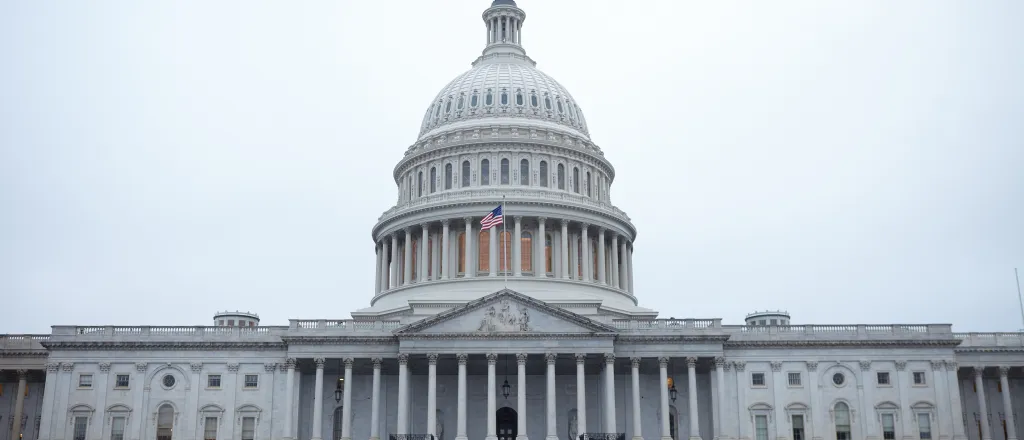
Colorado among states gaining Congressional seats following 2020 census
(The Center Square) – The U.S. Census Bureau unveiled updated population counts for all 50 states Monday, shifting the fate of Congress and the Electoral College for the next decade.
Under the new population totals, 13 states will gain or lose a member of the U.S. House of Representatives while 37 states will remain the same.
Texas gained two seats while Florida, Colorado, Montana, North Carolina and Oregon gained one seat.
California, Illinois, Michigan, New York, Ohio, Pennsylvania, and West Virginia will lose one seat.
Notably, New York was just 89 residents away from keeping its lost House seat.
All four of the largest states saw a shift in seats with the high-tax states losing seats and the lower-tax states gaining seats, suggesting the tax rates could be affecting migration and population numbers in the country's most populous and politically influential states.
Both California and New York have notoriously high tax rates and lost seats, along with the high-tax state of Illinois.
Lower taxed states like Texas and Florida gained seats.
The new tallies bring the traditionally red state of Texas to 38 Congressional seats, just two shy of the typically blue state California, which dropped to 52. The typically Democratic state of New York also dropped down to 26 seats.
The official population of the U.S. came in at 331,449,281, a 7.4% increase from the 2010 Census. That growth is the second slowest in the country's history, according to the bureau's experts.
California, Texas, Florida and New York remain the most populous states with the most seats, having roughly a third of the seats in the House of Representatives.
Now, members of the House represent an average of roughly 761,000 Americans within their districts.
California remains the most populous state while Wyoming remains the least populous.
According to the data, Utah grew by the greatest percentage at 18.4% while West Virginia saw the biggest decrease at a 3.2% decline in population.
The Census Bureau delivered the data to President Joe Biden Monday afternoon. The president will deliver its findings to Congress.
The U.S. Census Bureau updates population estimates every 10 years. That data is used to apportion the 435 members of the House of Representatives and the Electoral College votes to states in accordance with the size of their populations.
“The apportionment population consists of the resident population of the 50 states, plus the overseas military and federal civilian employees and their dependents living with them who could be allocated to a home state,” the Census Bureau said in a statement.
States can issue legal challenges against the Biden administration on how the seats are distributed.
Even the least populated states get at least one representative. Those states include Alaska, Delaware, Vermont, Wyoming, Montana, North Dakota and South Dakota.
A recent report from Money Geek found that the states with the lowest tax burdens had the highest population growth, suggesting that Americans are fleeing high-tax states for more tax-friendly environments.
Last time around, the U.S. Census transferred seats from the Northeast and Midwest to the South and West. Eight states gained seats and 10 lost. Texas gained the most, adding four seats after the 2010 census. Florida gained two while Arizona, Georgia, Nevada, South Carolina, Utah and Washington gained one.
New York and Ohio lost two seats while Illinois, Iowa, Louisiana, Massachusetts, Michigan, Missouri, New Jersey and Pennsylvania all lost one seat due to the 2010 Census.
At that time, the U.S. population came in at 308,745,538 million people, which was nearly a 10% increase from the 2000 Census. Statistics on age, sex, race and other information will be released at a later date.
The census count began last year, but results have been delayed until now.
“Due to circumstances out of our control, including COVID-19 and numerous severe weather events, we delayed our 2020 Census data collection efforts,” the bureau said.

















